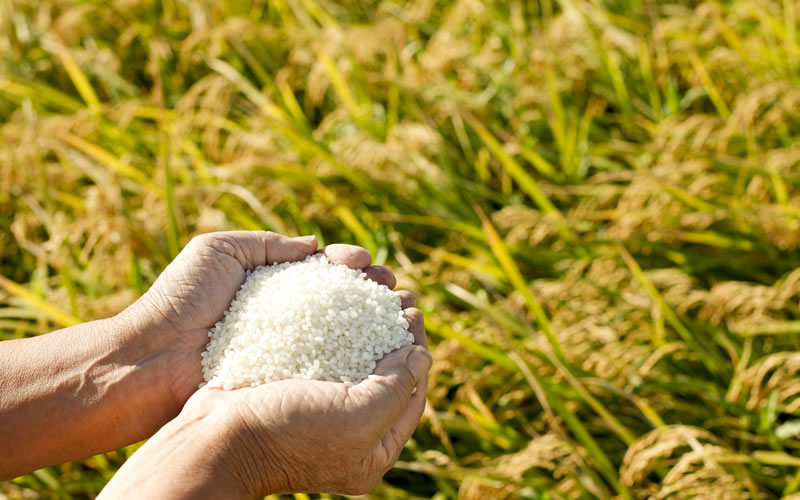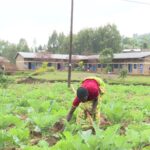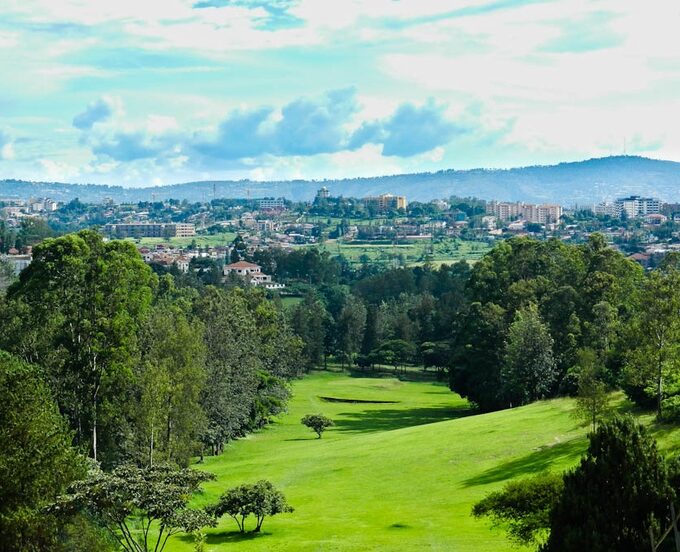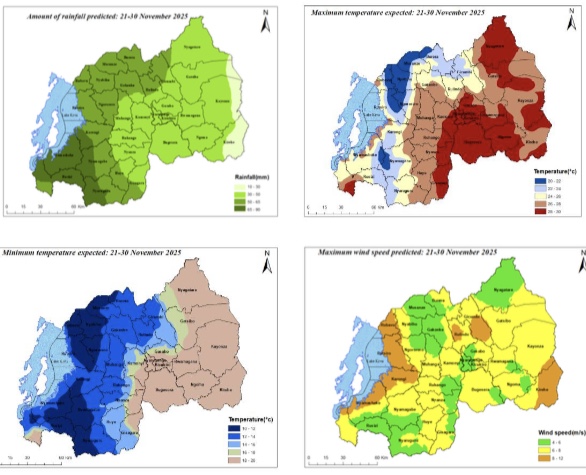Huye District Schools Commit to Sustainable Rice Farming with Quality Standards for School Feeding Programs

In Huye District, located in the Southern Province of Rwanda, many educational institutions regularly prepare rice for their students. To ensure that the rice meets quality standards while also being cost-effective, TSS Kabutare has announced its commitment to cultivating rice on its own.
This initiative was highlighted during a campaign aimed at enhancing the quality of food served to students, organized by the Rwanda Standards Board (RSB) in collaboration with the Ministry of Trade and Industry (MINICOM) and the World Food Program (WFP). The school has dedicated 4.8 hectares of land in the Rwasave marsh, situated on the border between Huye and Gisagara districts, for rice cultivation. Farmers associated with the school emphasize their focus on adhering to quality standards in their rice production.
Ndayiziye Enock, the agronomist overseeing the marsh’s rice cultivation, explained, “After sowing, we take care to harvest it to prevent contact with sand or stones. This ensures that when students and others consume it, they are not exposed to any dirt.”
He further advised caution in the drying process, stressing the importance of using a tent to protect the rice from cold temperatures and installing boards to keep it off the ground, where moisture could lead to mold and other quality issues.

Damascene Mbarushimana, the principal of Kabutare TSS, expressed the rationale behind the school’s decision to grow rice: “We had swamp land that was traditionally used by the community. Since we teach agricultural and livestock processing, we must ensure that our students learn how to cultivate rice from the ground up.”
Mbarushimana is optimistic about the harvest, expecting to produce high-quality rice while also saving money previously spent on purchasing it. He noted, “With about five hectares planted, we anticipate a yield of 34 tonnes of unripe rice. Once it is processed and ready for consumption, we expect about 25 tonnes. We have invested 5.35 million Rwandan Francs in this cultivation, and we anticipate returns nearly three times that amount.”
Kagabo Joseph, an advisor to the Huye District Executive Committee, highlighted the significance of training provided by the RSB on quality standards for stakeholders involved in the food supply chain for students.

He stated, “Rice is widely consumed, not just in schools. Therefore, ensuring that our students have access to quality rice is crucial. We have agricultural supervisors undergoing training on quality standards, which I believe is a positive development.”
Kagabo emphasized that the RSB’s training on food quality assurance is essential for fostering a common understanding among supply chain stakeholders.
Hakizimana Naivasha Bella from the RSB underscored the importance of maintaining rice quality. She informed the media that farmers must adhere to proper planting times and regulations regarding chemical use during rice cultivation.

“If planting guidelines are not followed, it affects the quality of rice consumed by students and others,” Hakizimana warned. “Chemical residues can remain in the rice, posing health risks to those who consume it. The immediate and long-term effects of consuming such rice can significantly impact daily life.”
Hakizimana also stressed the necessity of thorough drying to ensure high-quality rice. “If rice is not adequately dried, it can lead to spoilage and insect infestations. When you open a bag of rice, you may find large insects, often a result of insufficient drying,” she explained.
She added that inadequate drying can result in high humidity levels, further compromising rice quality. “When harvesting rice, the moisture content should be between 20 and 25 percent, while the rice we expect in our warehouse should ideally have a moisture content of 13.5 percent.”
Trending Now
Hot Topics
Related Articles
COP30 Raised Ambition on Adaptation Finance Yet Africa’s 150 Billion Dollar Gap Tells a Different Story
COP30 in Belém was billed as the moment the world would finally...
Rwanda Launches Updated Climate Action Plan to Boost Resilience and Cut Emissions by 2035
Rwanda has unveiled a strengthened national climate strategy with the release of...
A Climate Crossroads: 2025 Set to Be the 2nd or 3rd Warmest Year on Record
As global leaders meet at COP30 in Belém, a new update from...
Rwanda Braces for Mixed Weather as November Ends
As November comes to a close, Rwanda is preparing for a mix...













Leave a comment